Interest in Vaccination in Split Has Climbed 200%
ZAGREB, 8 Nov, 2021 - Interest in getting vaccinated increased in the City of Split over this weekend after a surge in COVID numbers forced the authorities to step up anti-epidemic measures.
The head of the Split-Dalmatia County office of public health, Željka Karin, told Hina on Monday, that over the weekend, as many as 1,800 people were given a shot against coronavirus.
In the first two hours since the start of inoculation on Monday morning, as many as 410 people got vaccinated in the Spaladium Arena hall, and two thirds of them got a first jab.
There are several locations in the county where residents can get a shot against coronavirus. Karin said that latest high COVID numbers were probably the reason why Split residents decided to get immunised.
Some of those freshly vaccinated said that they had decided to get a jab after they had been provided with enough information about vaccines and some said that they would like to have a normal life and that COVID certificates would make it possible.
For more on lifestyle, follow TCN's dedicated page.
For more about Croatia, CLICK HERE.
Two Retail Chains Top Ranking of Businesses With Highest Revenue in Dalmatia
ZAGREB, 31 Aug, 2021 - An analysis of the Croatian Finance Agency (Fina) shows that in 2020, the businesses registered in Split-Dalmatia County had a consolidated net profit of HRK 571.3 million, down by 27% compared to 2019.
In terms of the total revenue in 2020, the Split-based Tommy retail chain topped the ranking with HRK 3.2 billion, and the Omiš-based Stuidenac ranked second, HRK 1.9 billion, and they were followed by the Vrgorac-based Pivac meat processing company, HRK 1.6 billion.
Last year, there were 15,308 businesses with their headquarters in Split-Dalmatia County.
Highest profit in 2020 made by sports betting company
Of them, the company with the highest profit was the Dugopolje-headquartered Hattrick-PSK bookmaker, HRK 242.1 million.
It was followed by the two shipbuilding companies, Brodotrogir (HRK 152.9 million) and Brodosplit (HRK 146.2 million)
Considering the number of employees on the payrolls of all those 15,308 businesses, the employed labour force was downsized by 2.8% from 2019 to reach 79,085 in 2020.
Tommy was the biggest employer, with nearly 3,000 people on its payroll. Studenac employed 2,456 workers in 2020.
According to Fina's data, last year, the total revenues earned by the businesses in this southern county came to HRK 48.5 billion, down by 8.4%, their expenditures were cut by 7.8% to HRK 47.5 billion.
(€1 = HRK 7.5)
For more on business, follow TCN's dedicated page.
For more about Croatia, CLICK HERE.
Four Croatian Olympic Medallists From Dalmatia Get Cash Rewards
ZAGREB, 14 Aug, 2021 - The local authorities in Split-Dalmatia County have recently decided to reward the four Olympic medalists, who hail from this Croatian region, and the two of them who were Olympic champions in their events in Tokyo received the highest reward, 25,000 kuna at a ceremony in Split on 9 August.
Those were Matea Jelić, who grabbed the Olympic gold medal in the women's taekwondo 67kg final, and Mate Pavić, who was a member of the Croatian pair that won Olympic men's doubles tennis title.
A reward of 20,000 kuna was given to sailor Tonči Stipanović, who bagged silver in the men's one-person dinghy laser event at the Tokyo Games, while a reward of 15,000 kuna was for the Olympic bronze medallist Toni Kanaet in the taekwondo 80kg men event.
During the 23 July-8 August Olympic Games in Tokyo, Croatia won eight medals: three golds, three silvers and two bronzes.
The latest Croatian Olympic champions are thus taekwondoist Jelić, rowers Valent and Martin Sinković in the men's pair, and the Croatian tennis players -- Pavić and Nikola Mektić -- who won Olympic men's doubles tennis title.
The three silvers were grabbed in the above-mentioned sailing event as well as in the men's doubles tennis event (Marin Čilić and Ivan Dodig) and in the men's horizontal bar (Tin Srbić).
Apart from Kanaet, the other bronze medallist was a rower, Damir Martin, who won bronze in the men's single sculls.
Croatia placed 26th out of 93 states in the rankings of medal winners at the 32nd Olympics in Japan while the most successful were U.S. athletes with 39 gold medals, 41 silvers and 33 bronzes won.
For more on sports, follow TCN"s dedicated page.
For more about Croatia, CLICK HERE.
President Zoran Milanović Visits Wildfire Sites at Seget Gornji
ZAGREB, 4 Aug, 2021 - President Zoran Milanović, accompanied by Chief Firefighting Commander Slavko Tucaković, visited on Wednesday by helicopter locations devastated by wildfires at Seget Gornji, inland from the southern coastal town of Trogir, the President's Office said in a press release.
Before visiting the fire sites, Milanović discussed the situation at wildfire locations at Seget Gornji and in Mirlović in Šibenik-Knin County with local firefighting officials.
Firefighting representatives briefed the president about the efforts firefighters had made so far, and the assistance provided by the Croatian Army.
The president thanked the firemen and all those who helped put out the wildfires.
For more about politics in Croatia, follow TCN's dedicated page.
PM Andrej Plenković: At The Moment I Don't See That Gabrijela Žalac is Guilty of Anything
ZAGREB, 27 April, 2021 - Prime Minister Andrej Plenković said on Tuesday that at the moment he did not see that former minister Gabrijela Žalac, an official of the Croatian Democratic Union (HDZ), is guilty of anything after the USKOK anti-corruption office expanded its investigation in the windpark scandal.
"I read the press release for my information. Our judicial bodies are independent. You are aware of our position - we have zero tolerance to corruption. I don't what is behind that and I cannot deduct from the press release what exactly it has to do with," Plenković told reporters during a visit to Split-Dalmatia County.
I don't have any information about what USKOK and the State Prosecutor (DORH) are doing.
What he does know is that the loan in question was approved, as far as he is aware, in accordance with the Croatian Bank for Reconstruction and Development (HBOR) rules.
"We have to see here what this is about exactly. At the moment I don't know nor do I have any detailed information of what USKOK or DORH are working on. She is a member of the HDZ. At the moment I don't see that she is guilty of anything," said Plenković.
He claimed that he saw Žalac about a month ago but they did not discuss the windpark case.
"She will deal with this situation on her own and as far as our relationship is concerned, it is as it was in any case," underscored Plenković.
For more about politics in Croatia, follow TCN's dedicated page.
Zadar: Contracts For Social Entrepreneurship Worth HRK 10 Million Presented
ZAGREB, 12 March, 2021 - Labour Minister Josip Aladrović and deputy director of the National Foundation for Civil Society Development Luka Bogdan presented eight contracts in Zadar on Friday worth nearly HRK 10 million for projects to strengthen the capacities of old and new social enterprises and entrepreneurs.
"Today, we signed contracts with entities that are just starting and that are developing their business in accordance with principles of social entrepreneurship," said Labour, Pension System, Family and Social Policy Minister Josip Aladrović, noting that the ministry has provided over HRK 112 million to encourage social entrepreneurship.
The pandemic and crisis have created an opportunity for doing some things better and fairer, he said.
I believe that we can find a way in our business to regain a positive social impact. There are four counties among the co-signers: Zadar, Šibenik-Knin, Split-Dalmatia and Lika-Senj counties. All forms of entrepreneurship in these areas are more important than ever before, mostly due to the impact the pandemic has had on the tourism sector and all related activities, Minister Aladrović said, adding that by signing the projects they want to strengthen the capacities of old and new social enterprises through additional employment and education.
Deputy director of the National Foundation for Civil Society Development Luka Bogdan said that social entrepreneurship was one of the models connecting solidarity and entrepreneurship that could be seen every day, not just in a crisis.
The purpose of the projects is to employ members of vulnerable groups -- women, Croatian war veterans and victims of the Homeland War, people with disabilities and others, and this will include creating new jobs and improving the knowledge and skills of employees through specialised forms of training and employment.
Before presenting the contracts cofinanced by the European Social Fund, Minister Aladrović and his associates had a working meeting with representatives of the City of Zadar on increasing capacities of retirement homes.
According to state secretary Marija Pletikosa, it is estimated that about 5% of the population aged over 65 needs accommodation in a retirement home, and Zadar has not yet reached the capacity to accommodate 3%, so it is necessary to build new retirement homes.
Aladrović said that he supported the idea because increasing the number of accommodation units for the elderly population across Croatia was one the priorities of his ministry.
For more about business in Croatia, follow TCN's dedicated page.
Love Declaration: Billboard Proposal In Split Captures Croatia's Heart
February 1, 2021 – A bold declaration of love that first captured hearts in the city of Split has now travelled all across Croatia, as one city resident requested the hand of his beloved in a billboard proposal
Dominating the skyline on the city's northern shores, Poljud is perhaps the best known - and most visually impressive – football stadium in Croatia. Holding near 35, 000 people and boasting sleekly curved roofs on opposite sides, you can't help but admire the relatively modern arena when it is in eyesight.
But, over recent days, the gaze of city residents has drawn by a competing spectacle nearby. In an unabashed declaration of love and intent, one Split resident has placed a billboard proposal within eyesight of the stadium and the local swimming pools. The petition for marriage has captured the hearts of any passing by.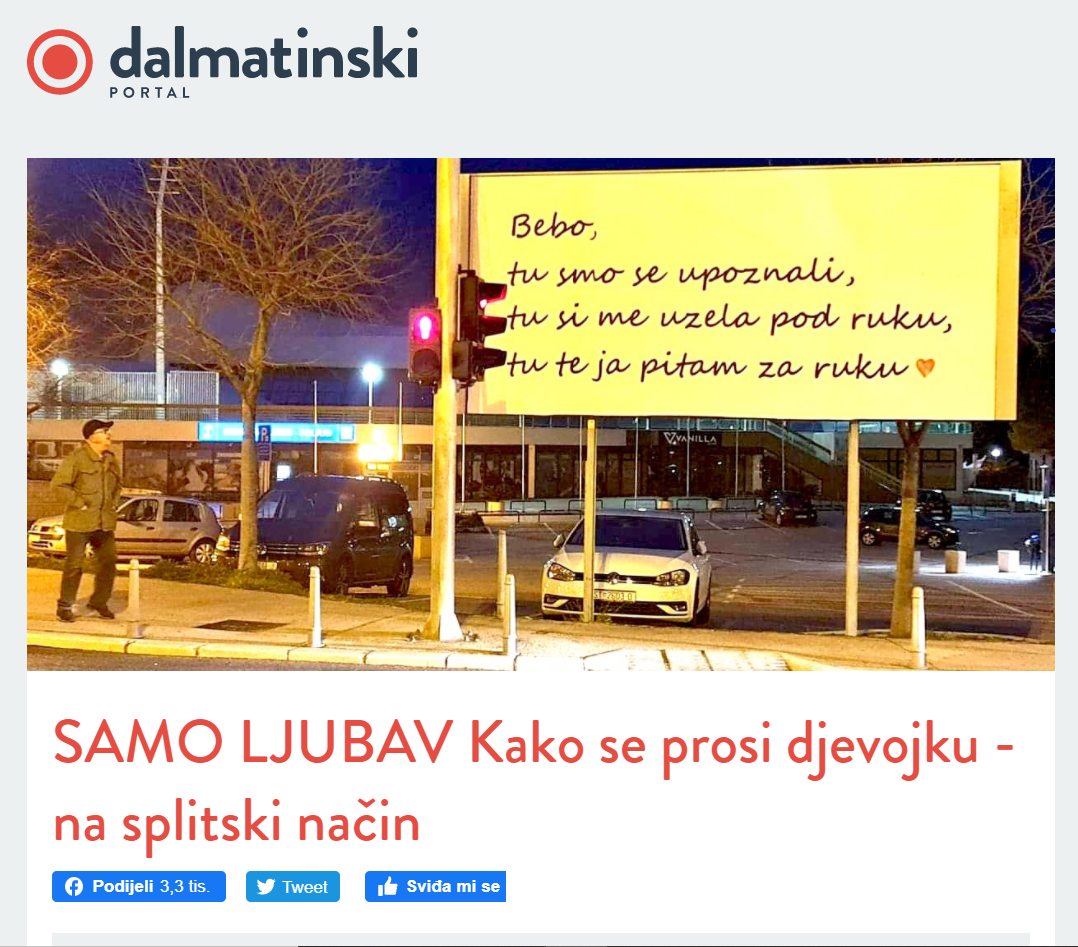 How local media outlet Dalmatinski Portal revealed the romantic request. Their story has since been picked up by national media and captured hearts all across Croatia © Dalmatinski Portal screenshot
How local media outlet Dalmatinski Portal revealed the romantic request. Their story has since been picked up by national media and captured hearts all across Croatia © Dalmatinski Portal screenshot
Translated, the text of the billboard proposal reads:
"Baby
Here's where we met
Here's where you took my hand
Here's where I ask for your hand"
The billboard proposal was pictured and the romantic request revealed by local media outlet Dalmatinski Portal. Many Split residents had already seen the billboard proposal for themselves – it is prominently positioned near the crossroads where Osmih mediteranskih igara, Put Supavla and Ulica Zrinsko Frankopanska meet, in the area of the city which is also called Poljud. But, the story has since been picked up by national media in Croatia and has now raised hearts and smiles all across the country. And they say romance is dead!
No word has yet arrived as to whether the billboard proposal has been accepted. Perhaps the response might be issued in a more private manner? Or, if the recipient is as bold in expression as the proposer, perhaps keep your eyes peeled on the billboards of Split for a joyous 'yes'.
PHOTOS: Incredible Makarska Villa Kuk Immersed In Natural Rock
January 20, 2021 – One of Croatia's current most-adventurous architectural projects, the incredible Villa Kuk near Makarska, actually takes advantage of one of the area's most striking features – the natural rock of the Dinaric Alps foothills almost completely encases its hidden luxury
A villa or apartment on the Dalmatian coast is a dream for many. If not forever, then just for a little while. But, in the race to throw up new builds to satisfy demand, some older tricks can be lost. Some new buildings seem to seep heat in through the very walls, demanding the use of the air conditioner to keep you cool. In older buildings, that's rarely a problem. Built with thicker walls, from older stone, the time-honoured dwellings of Dalmatia are often cool enough without the klima.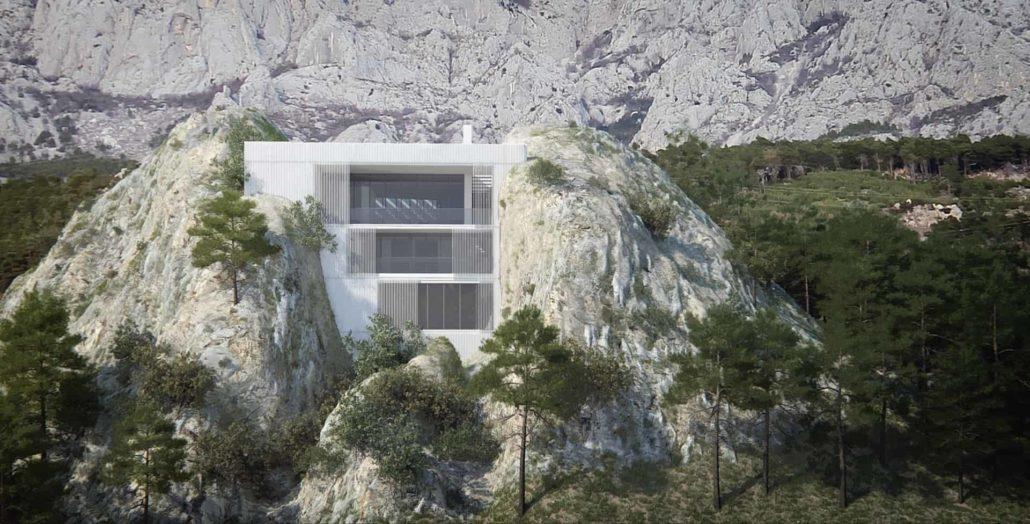
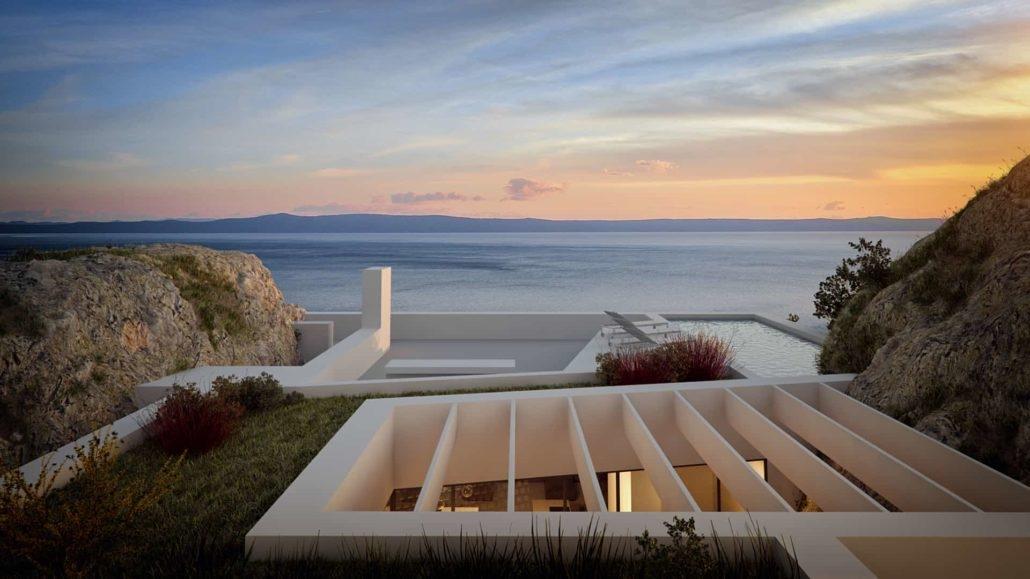
Perhaps this was a point taken into consideration by architect Branka Juras, whose latest project, Villa Kuk near Makarska, has walls broad enough to shelter from even the strongest sun. Her plans for Villa Kuk see the luxurious villa encased in the karst rock of the Dinaric Alps foothills. Sandwiched between two giant slices of rock, Villa Kuk's inner luxury will be all but hidden from view.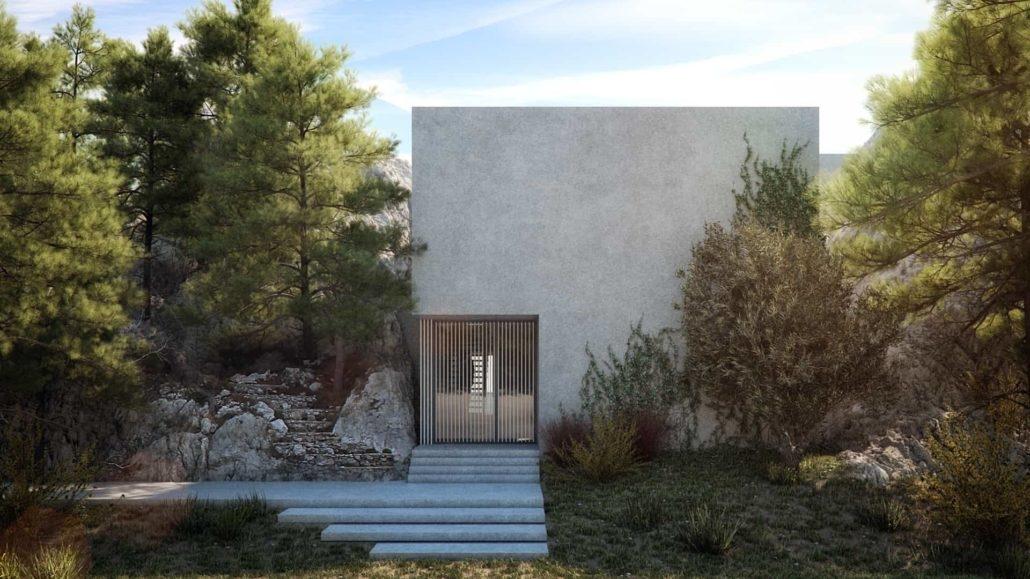
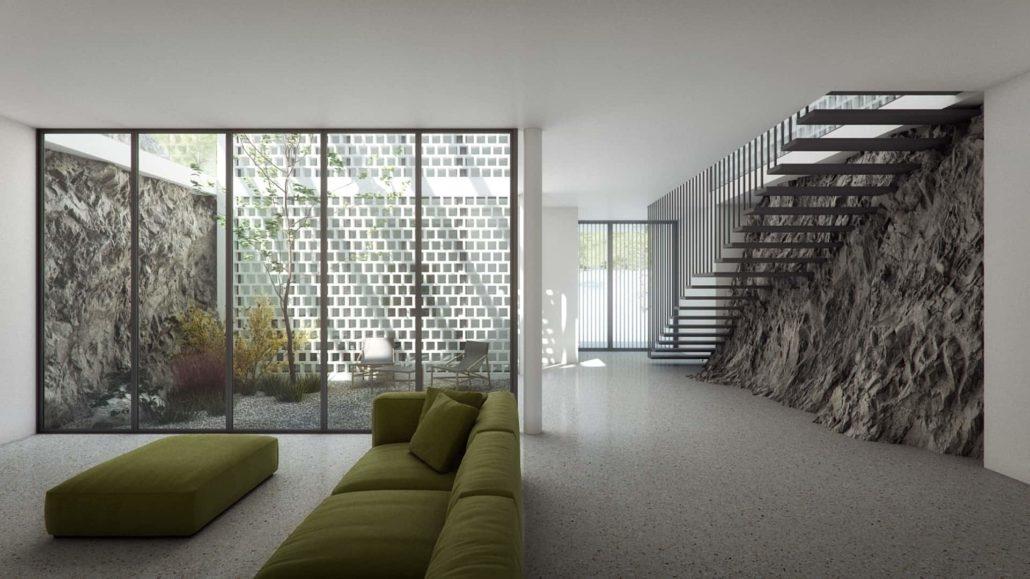
As detailed by journalist Anita Budimir in Jutarnji List's feature on the Villa Kuk project, Branka Juras of the Faculty of Architecture and a former employee of regarded Croatian architectural studio Randić & Turato architects. Her latest project, Villa Kuk, is being undertaken by Juras and the team she has assembled within her own practice.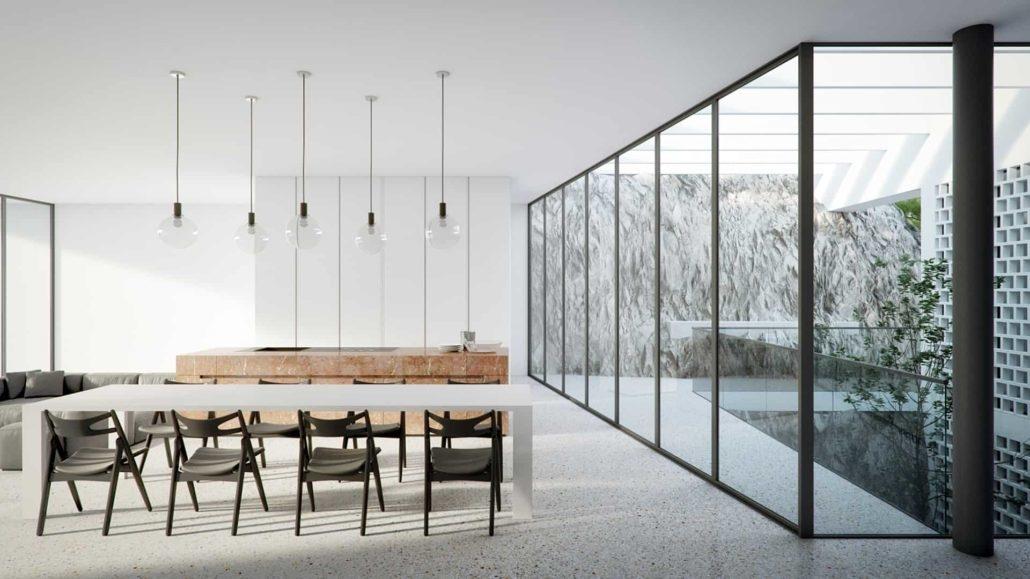
Villa Kuk will be situated at 110 metres above sea level in the Velko Brdo area of Makarska, in the foothills of the Dinaric Alps immediately to the north of the city centre. Its west and east walls will be comprised of the huge, natural boulders between which the villa will sit. The villa will only be visible from the north and south, which will hold its constructed facades.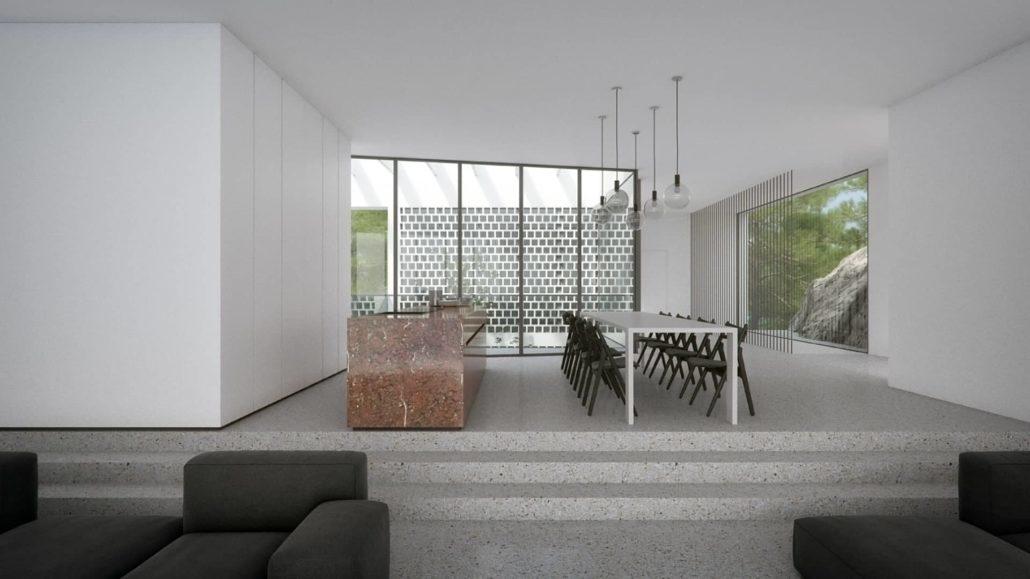
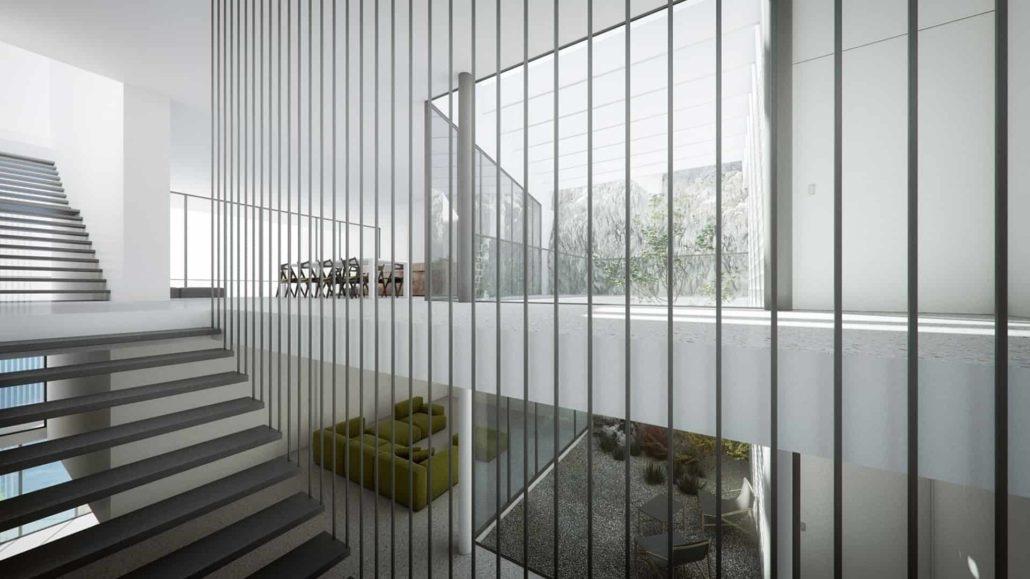
The south façade will use large glass walls, gifting a widescreen view of the open sea. A minimalist but luxurious contemporary design is planned for the interior. The project is actually a radical overhaul of a building that previously stood in the plot – a restaurant.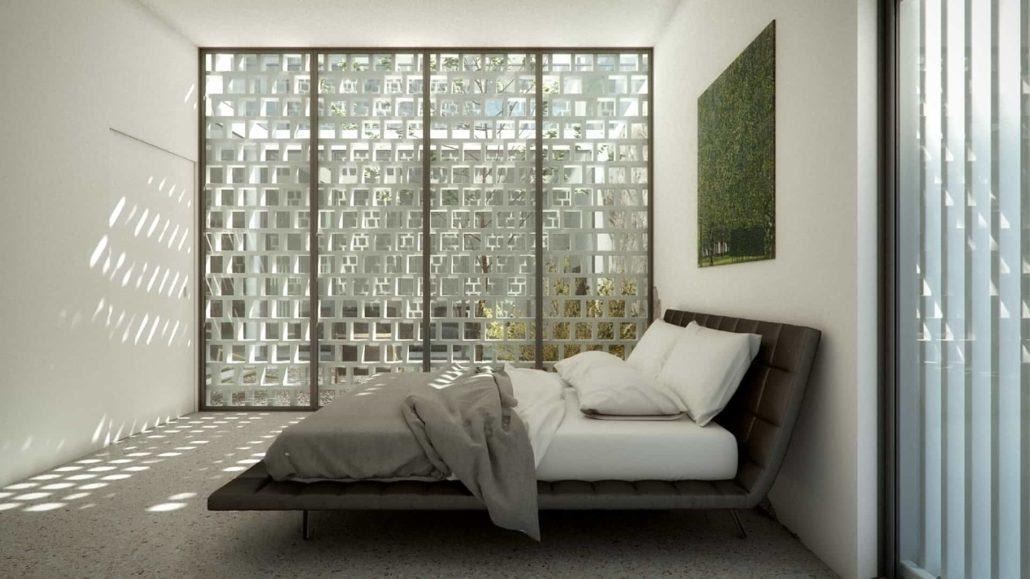
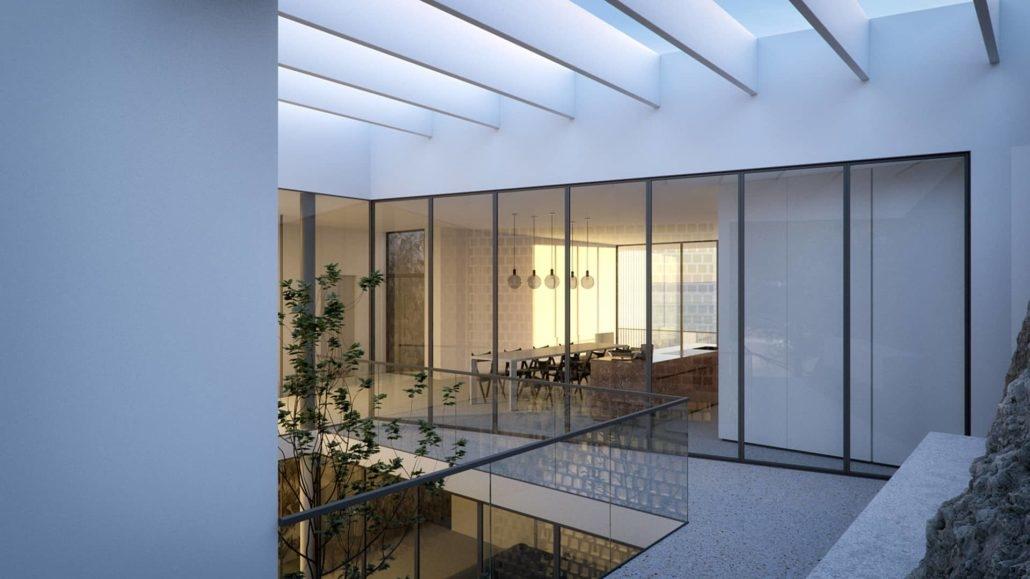
The villa will consist of a basement, ground floor and a roof area, which was used as a terrace by the restaurant. An atrium has been added to the dwelling's redesign, affording additional light and the basement space extended to accommodate extra living space. Though radical in design and ambition, the height of the building does not extend beyond the height of the rocks between which it is sandwiched, ensuring Villa Kuk will have minimal impact on the area's natural and existing aesthetics.
All 3d visualisation images of the completed Villa Kuk project by Marijan Katić
Split-Dalmatia County to Repair Destroyed Petrinja School
January the 6th, 2021 - Following a recent conversation with the principal, Split-Dalmatia County Prefect Blazenko Boban came to visit a now destroyed Petrinja school. The Ivan Goran Kovacic elementary school in Gora in Petrinja will be rebuilt by Split-Dalmatia County.
As Morski writes, Split-Dalmatia County has a long tradition of helping those who are the most in need, and this Petrinja school is no exception.
''Let's remember how we renovated the building of the City Administration in Vukovar and its associated road. Just like that, we'll help out here too because you never know when trouble may come knocking on your own door. We decided to go to the Petrinja school because in our county we mostly care about young people and rural areas. The goal is for the students to be in their school again in the new school year,'' said prefect Blazenko Boban, who handed the school's principal right computers for the school following the visit.
School principal Valentina Vujnovic is happy that students might be able to return to the renovated Petrinja school at the beginning of the next school year:
''We renovated the school last year, our county has invested a lot of money in energy renovation and in the renovation of the kitchen so that students have hot meals. I was at school when the earthquake happened. There are 81 students here in this school, 15 students in the regional school and there are 34 employees. Prefect Boban called me two days ago and pleasantly surprised me with his offer to help and I'd like to sincerely thank him and the county for thinking of us,'' she stated.
Sanja Miokovic, Head of the Department for Projects and Investments of Sisak-Moslavina County also commented on the condition of educational facilities in the affected area:
''Nine buildings are currently completely unusable. District schools are available but they don't have the capacities and they can only accommodate a small number of students. Schools suffered the most in the Petrinja area, a couple of them were quite badly damaged and must be demolished and there's no possibility of reconstruction. They also include sports halls used by schools and other associations, so the damage is huge. The staticians are on the ground, collecting data that we'll have by the end of the week so that we can start with the first phase.
Prefect Boban was accompanied by Tomislav Djonlic, Head of the Board for Education, Culture, Technical Culture and Sports, and Damir Gabric, Head of the Board for Croatian Veterans, Civil Protection and Human Rights.
After the tour and the agreement to rebuild the Petrinja school, they also visited the Red Cross to provide support to all of the volunteers, members of the rescue service, firefighters and others who are selflessly engaged in helping all of the injured.
For the latest travel info, bookmark our main travel info article, which is updated daily.
Read the Croatian Travel Update in your language - now available in 24 languages
PHOTOS: Extraordinary Plants of Klis Fortress Show Two Sides of Dalmatia
January 2, 2021 – High on the mountains, overlooking the city of Split, the historic settlement of Klis stands on the border between two distinct climate regions – the Mediterranean and the Dalmatian hinterland. The sometimes rare and extraordinary plants of Klis Fortress are characteristic of both. A new book details the flora you can find on both sides of the Dinaric Alps
The views from Klis are spectacular. The great city of Split lies below you, perched on the edge of the glistening Adriatic, beyond it, the islands of Čiovo, Šolta, Brac, Vis and Hvar. It's a view that has been admired for over 2000 years.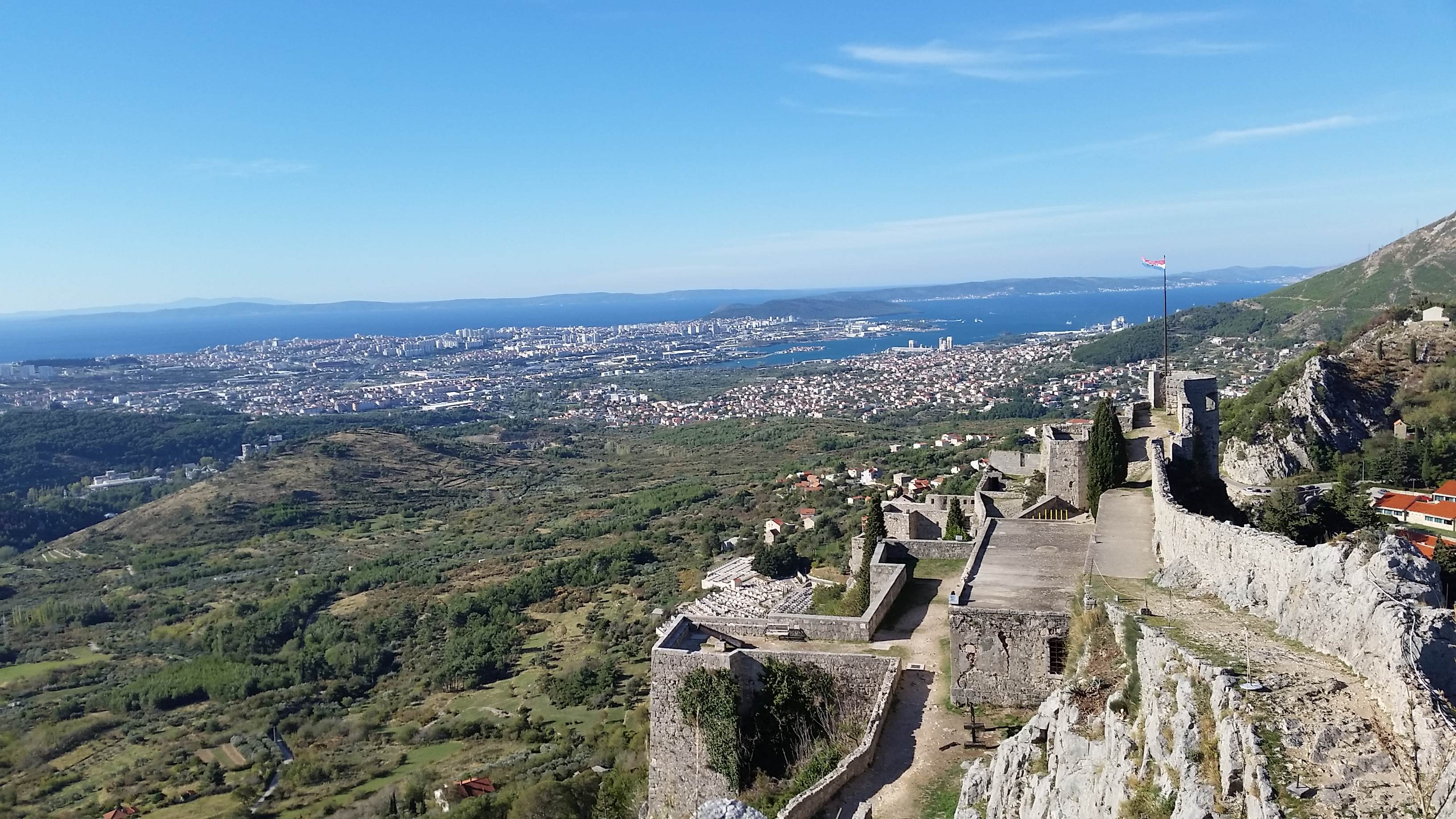 The view from Klis Fortress
The view from Klis Fortress
That's how long a fortress has stood here. Restructured and rebuilt several times over the millennia, within the walls of the impressive Klis Fortress lie much of the recent history of these lands – of the Illyrians and the Romans, the arrival of both Slavic people and of Christianity, the defence of Christian Europe from the Ottomans. So steeped in history are these walls, little wonder the fortress was chosen as a filming location for the popular Game Of Thrones series.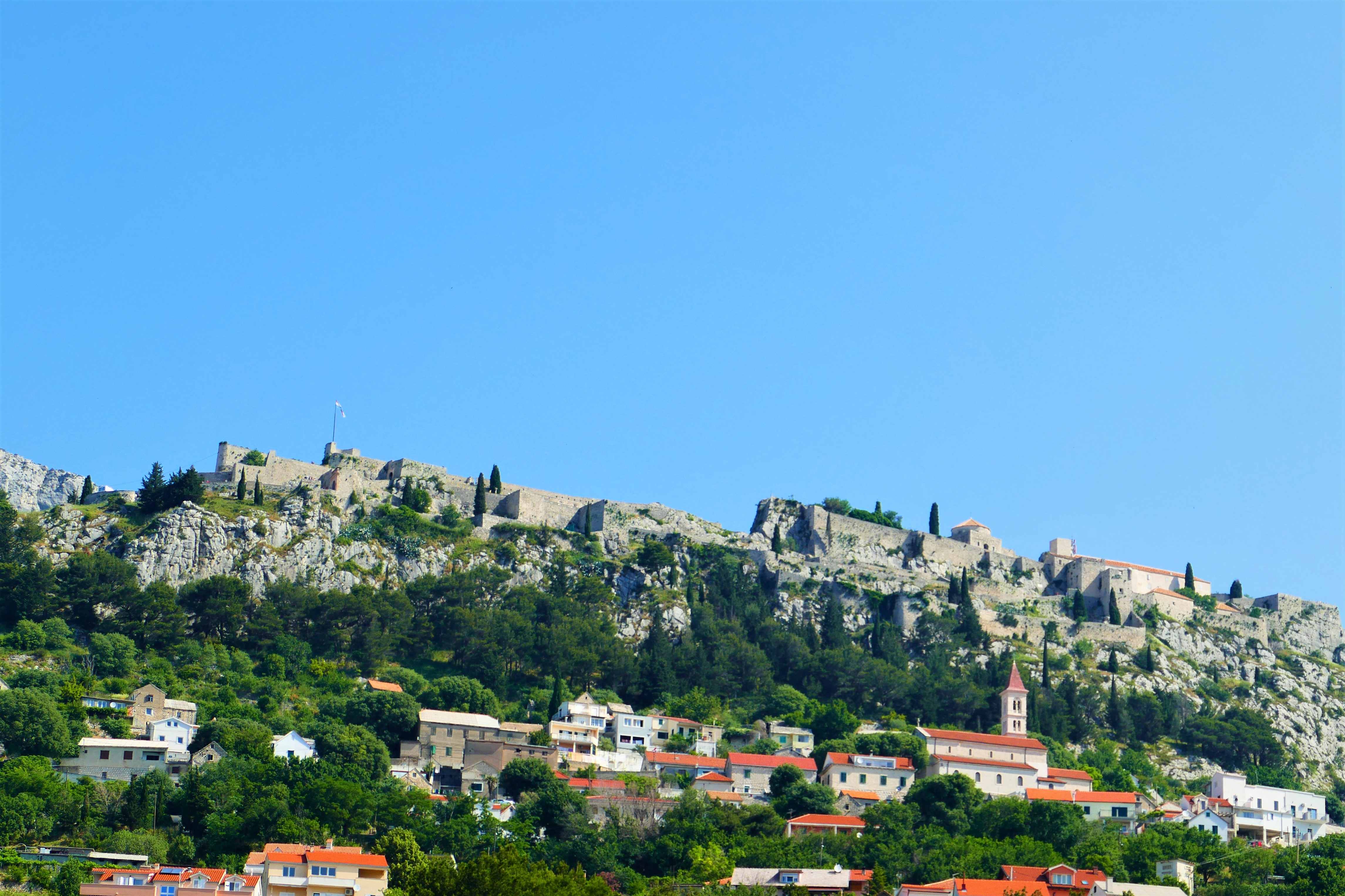 Klis Fortress
Klis Fortress
With its view so irresistibly inviting the eye, you could be forgiven for missing the plants of Klis Fortress. That's unfortunate. The fort straddles the top of the Dinaric Alps – one half existing within the sub-Mediterranean climate of the Dalmatian hinterland, the other on the distinctly warmer side of the Adriatic. This creates a unique environment for a wealth of flora. Not used as a fortress since the threat of Ottoman invasion subsided, these days the structure usually welcomes only tourists. The plants of Klis Fortress have reached into the grounds of the buildings, indeed into its very walls.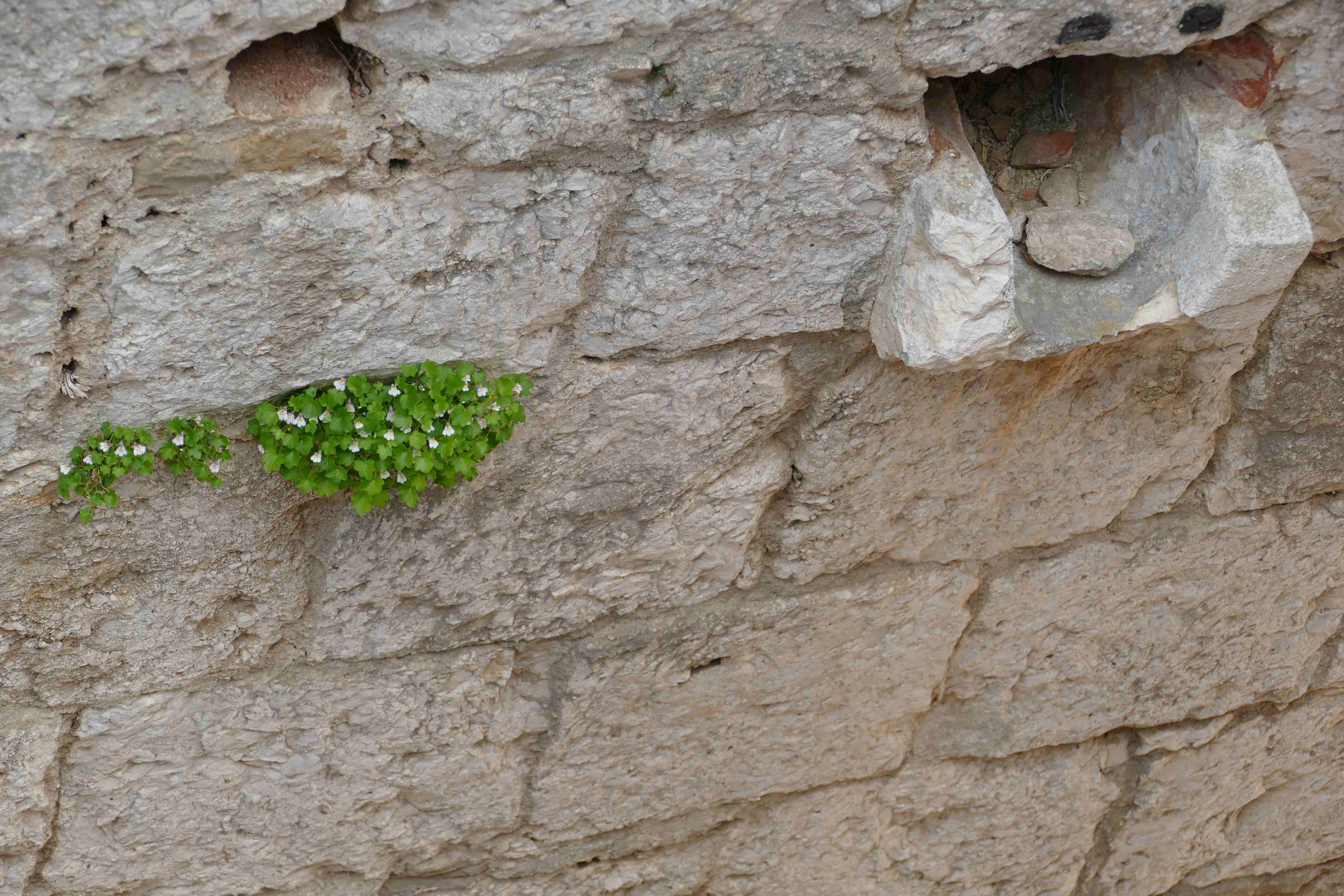 Cymbalaria muralis - Ivy Leaved Toadflax within the walls of Klis Fortress
Cymbalaria muralis - Ivy Leaved Toadflax within the walls of Klis Fortress
One person for who the plants of Klis Fortress did not go unnoticed is Ivan Limić. He lived in Klis all of his life, before leaving to get his degree, then a masters, at the Forestry department of the University of Zagreb. Today, he works for the Institute for Adriatic Crops and Karst Reclamation (IAC) on a PhD student's position. Having a specific interest in botany, he knows the plants of Klis Fortress better than most and after he met botanist Vedran Šegota of Herbarium Croaticum while in Zagreb, they decided they should work on a project together. After several years of work, that project - a book, 'Biljke Tvrdave Klis (Plants of Klis Fortress)' – has finally been released. Although helmed by co-authors Vedran and Ivan, it has actually been a project that involved a much greater group of contributors, not least the community of Klis and some of the best botanists in Croatia.
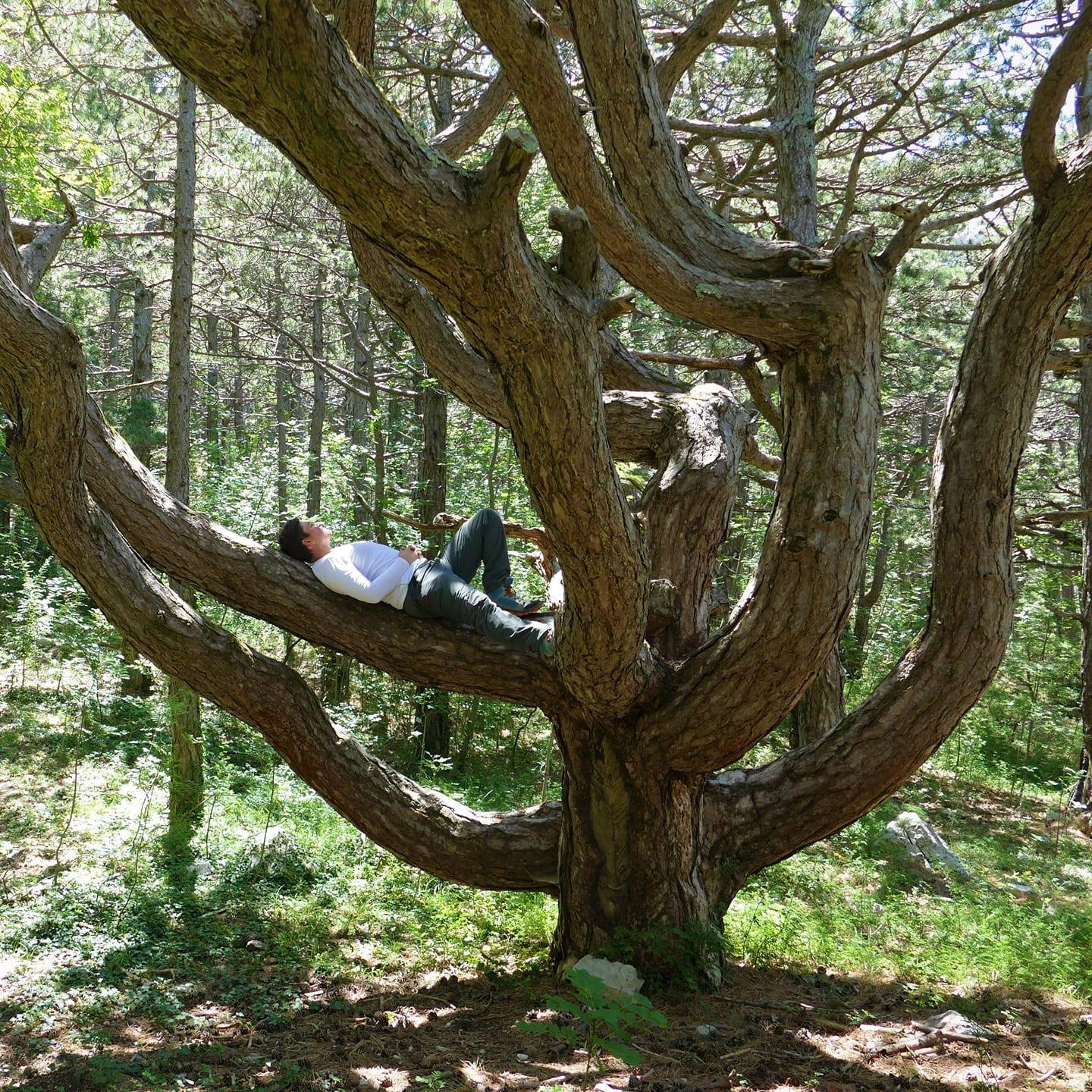
Ivan Limić, co-author of 'Plants of Klis Fortress', relaxing in a Black Pine
TCN talked with Ivan Limić to find out more about the book and about the plants of Klis Fortress
I first met Vedran when I started volunteering at Herbarium Croaticum Zagreb. I was in the city doing my degree. My main interests are forest silviculture and soil erosion, karst melioration, assessment of atmospheric deposition, study of flora, plant determination in Mediterranean region forest ecosystems and the effects of forest fires in those areas. We talked about doing a joint project because we shared similar interests. Vedran came to visit me in Klis and I wanted to show him around the fortress, but looking specifically at the flora. That's when we decided we should do a book about the plants of Klis Fortress.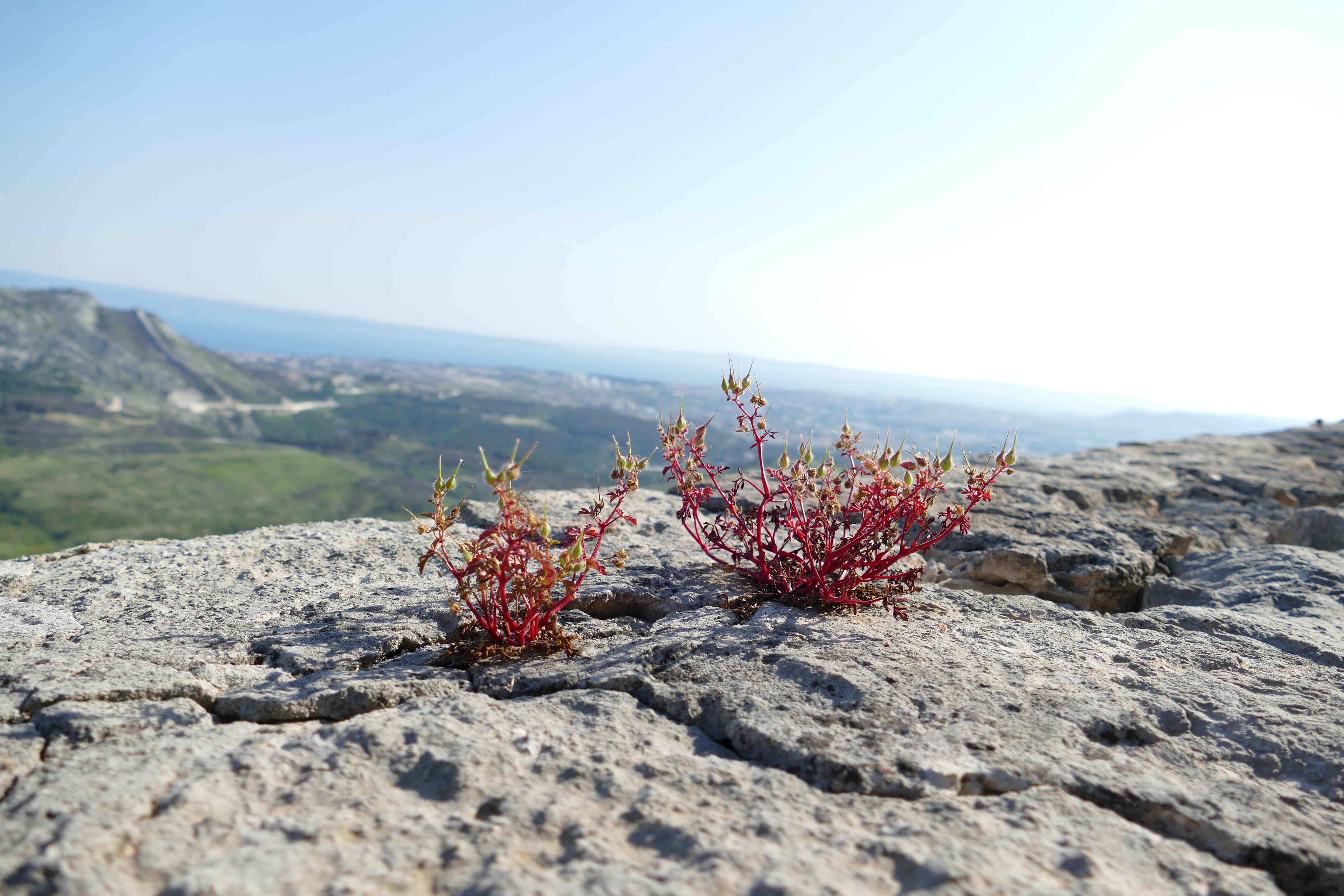 Geranium purpureum, the little-robin
Geranium purpureum, the little-robin
I walked around Klis Fortress all my life. When you live in a place, you not only acquire so much information about that place over the years, you also have an emotional connection to it. That's not something you can read in every book. Hopefully, with our book, we managed to get a sense of that emotional attachment across, so that you can really feel the place.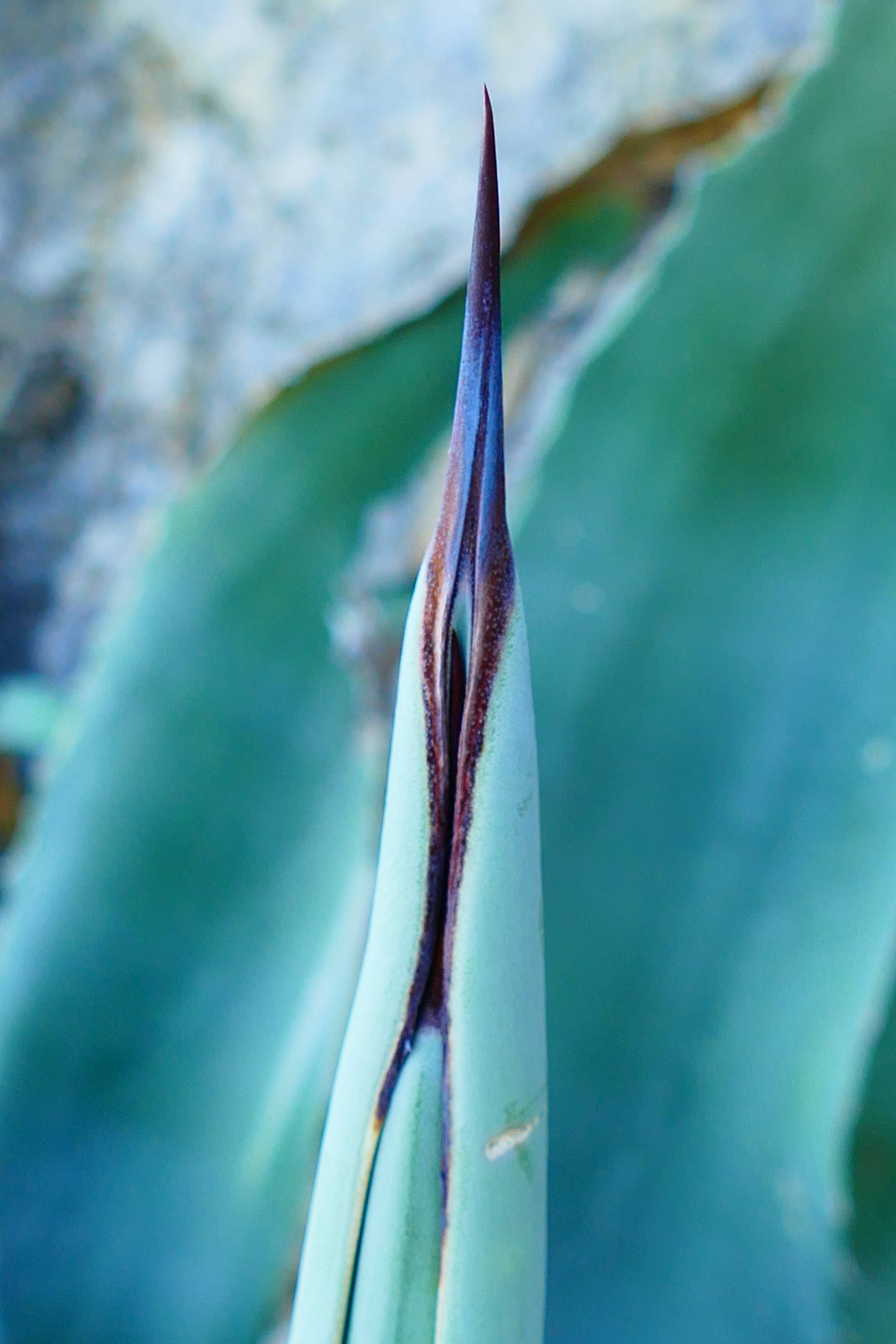 Agave americana
Agave americana
In a way, the special thing about the plants of Klis Fortress is that they are not so special at all – they are extremely characteristic. But, they are characteristic of two completely different climate regions.
On the south side of Klis Fortress, it is very warm and sunny – the Mediterranean climate. You can find species like Aleppo pine. On the northern side of Klis Fortress, it is colder – the sub-Mediterranean climate. Here, you can even get snow in winter and the most common species is Black pine. Two completely different climate regions in just a 50 metre stretch diagonally along the ground. That's what makes it extraordinary.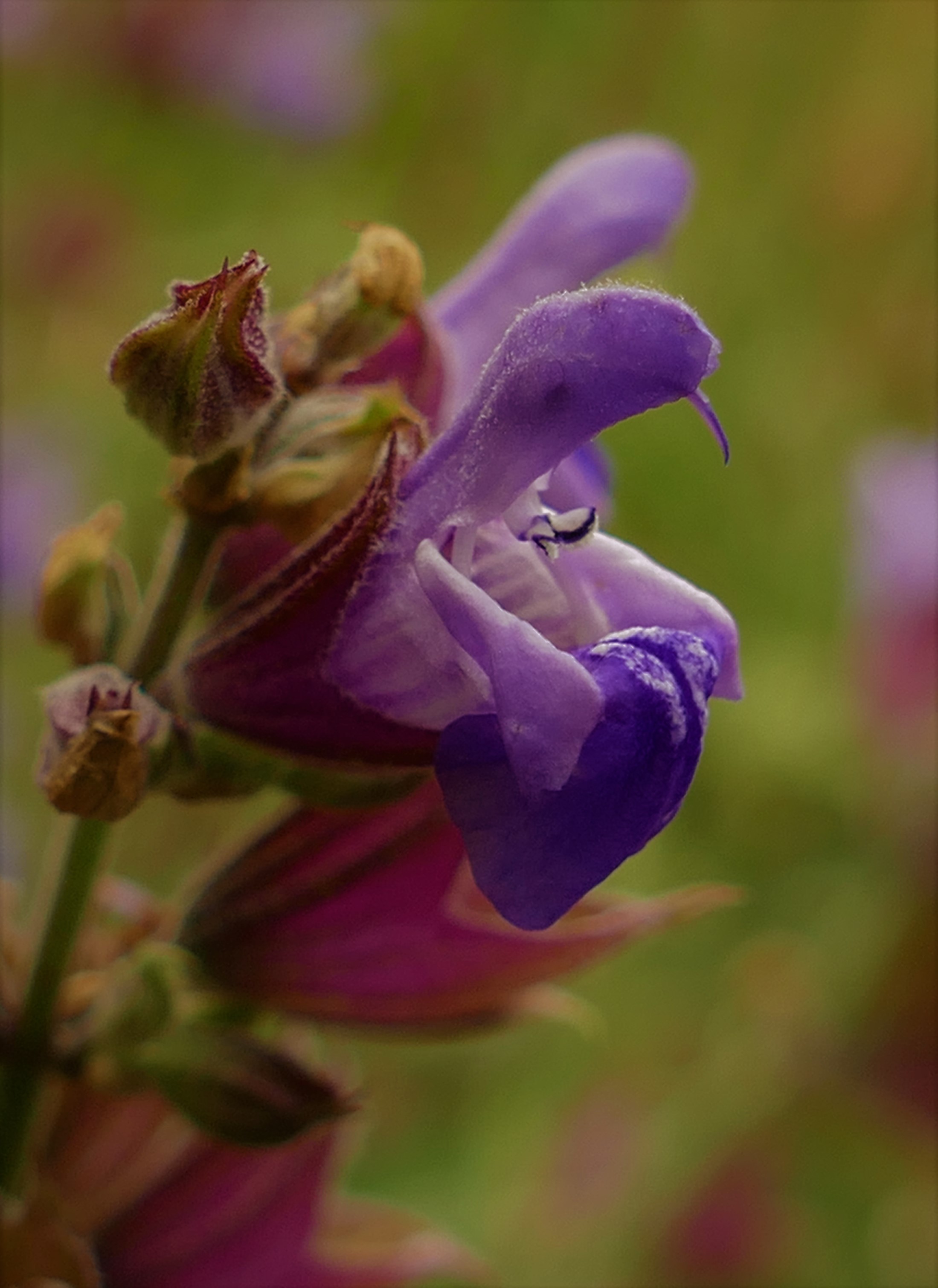 Salvia officinalis (sage)
Salvia officinalis (sage)
The plants of Klis Fortress include more than 300 species. We have around 100 of them listed in the book. Of those, 16 are species endemic to this area. Some of those are extremely rare - you can find them in very few places in Croatia - such as Fibigia triquetra. That plant is actually one of the reasons why this book exists. When I was a child, people used to tell me that some of the plants of Klis Fortress were very unusual and very rare. I used to walk around the fortress, looking at all the plants, trying to guess which ones were the unusual and rare species.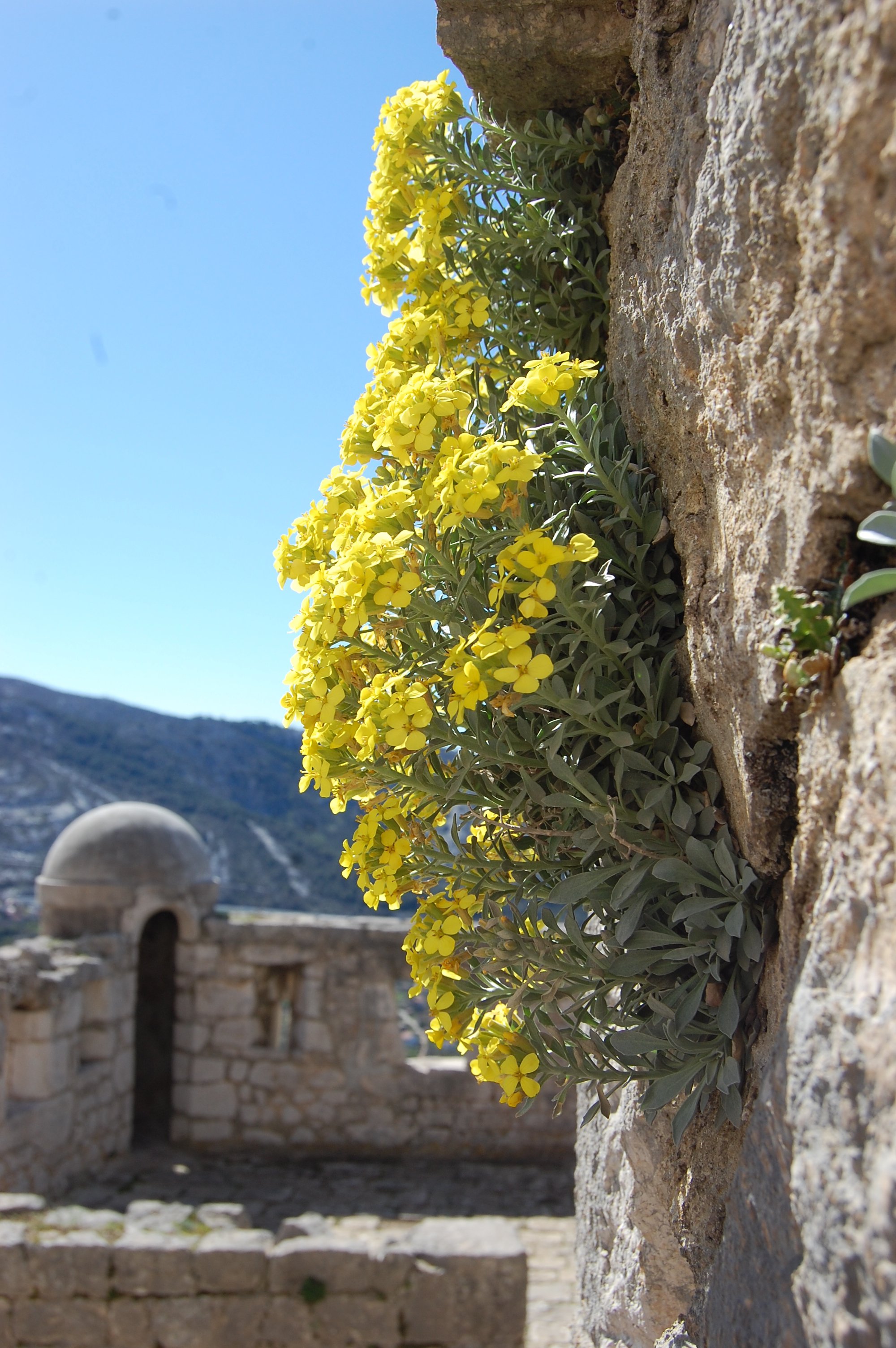 Fibigia triquetra
Fibigia triquetra
The man who first identified this as a unique, endemic species actually discovered his first specimen inside Klis Fortress. All of the studies and writings he made about the plant were done here. That plant is now the symbol of Klis Fortress.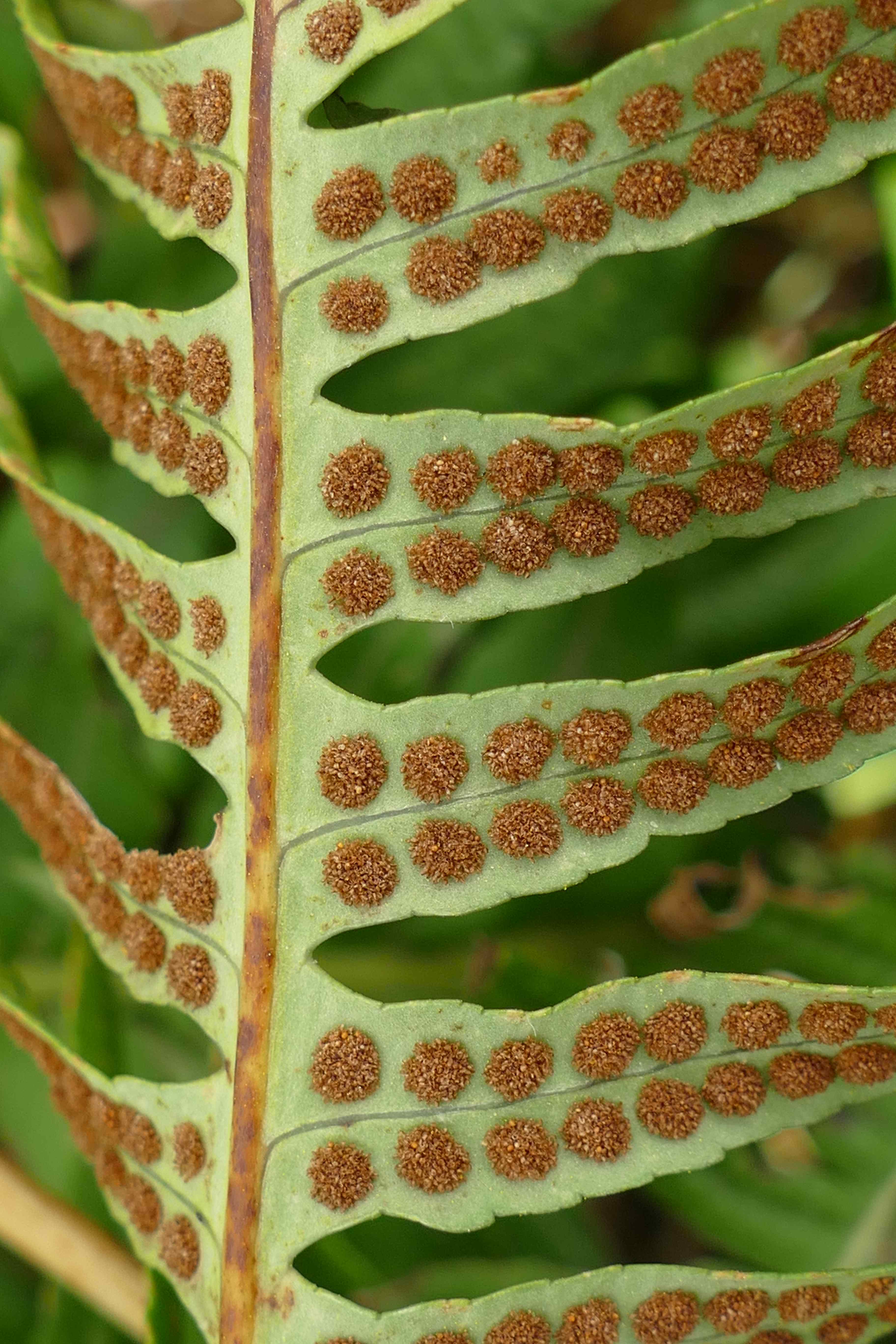 Polypodium cambricum
Polypodium cambricum
You can find our book in Klis library. Anyone can borrow it. It's also available at the entrance to Klis Fortress, where you buy the tickets. We wanted to give the opportunity to anyone who comes here to learn about the plants of this region – that's why we made such an effort to have the book in five languages. It was designed as a guide to the plant species of the whole Mediterranean mountain region in Croatia, so it's not just for the plants of Klis Fortress or the people who come to Klis Fortress itself.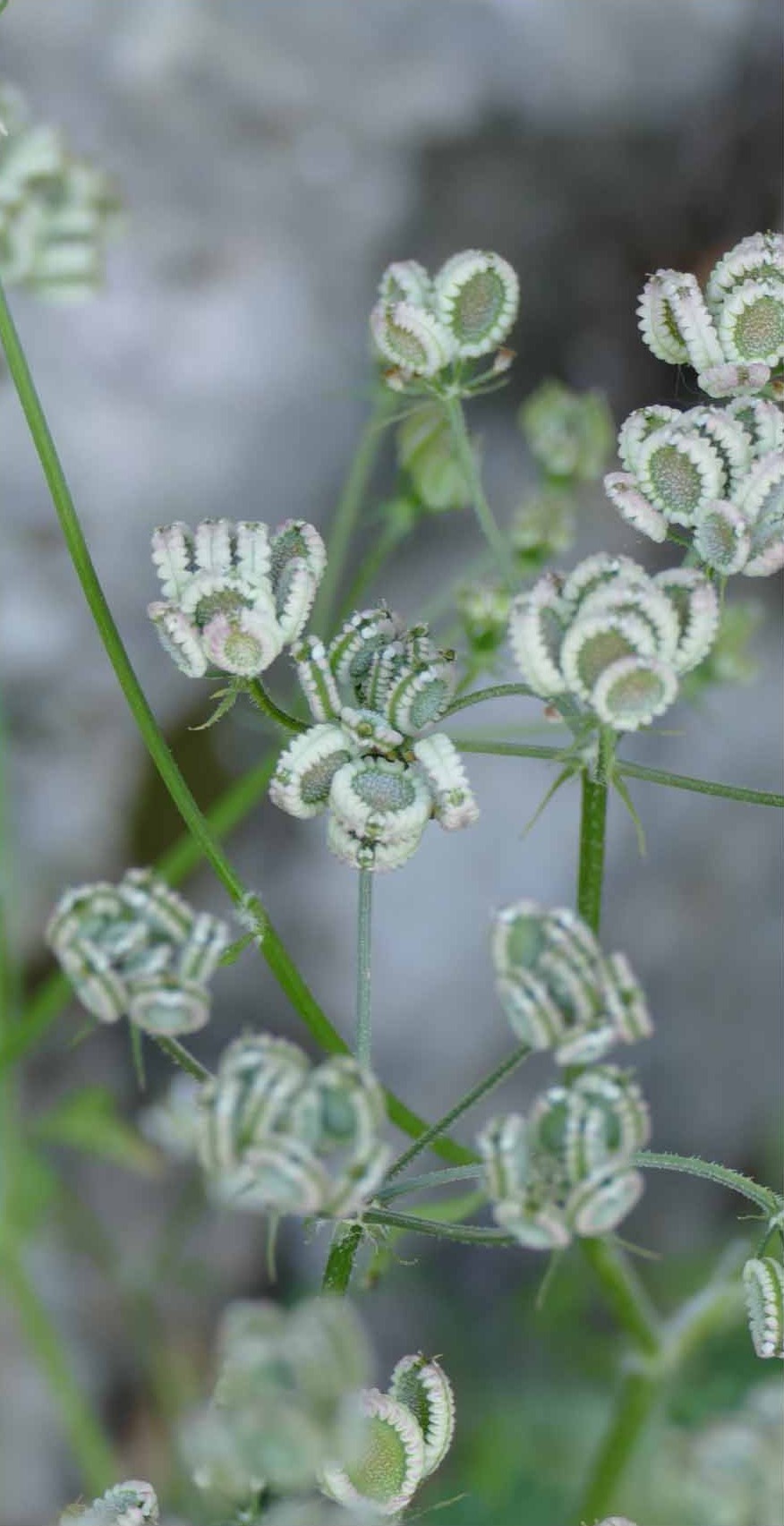 Tordylium
Tordylium
Most of the photography in the book was done by ourselves. It was important to take the photographs across four different seasons. That's one of the reasons it took almost two years to write this book.
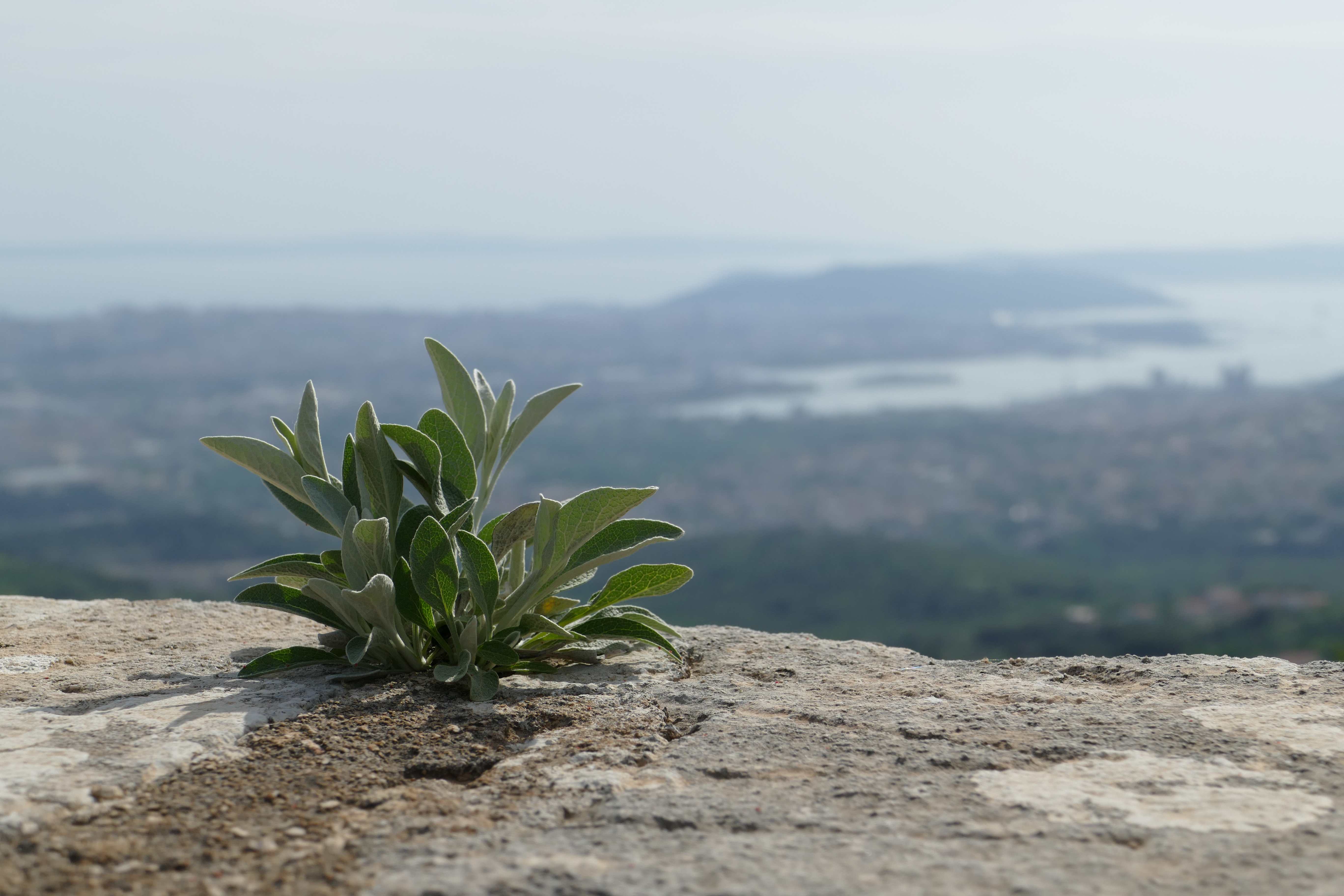 Inula Verbascifolia
Inula Verbascifolia
As we were making progress on the book, people in Klis began to find out what we were doing. It ended up becoming a project of the wider community. The mayor of Klis supported the project financially so that we were able to publish the book professionally and the library of Klis edited and published the book.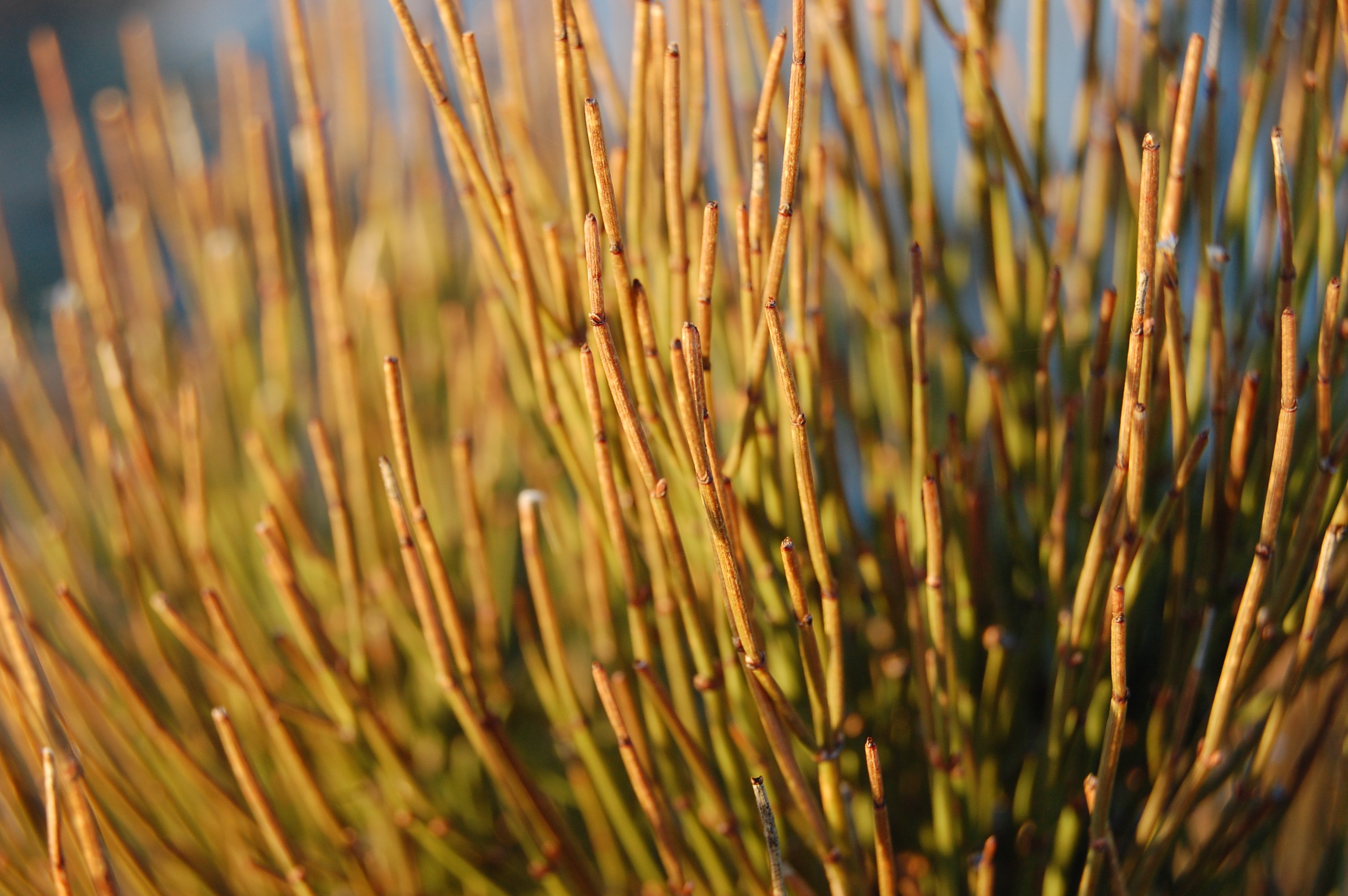 Ephedra major
Ephedra major
Others contributed to the design of the book and the translations, of course. Almost all of them donated their time and work to the project for free. It is quite difficult to translate some of this specific text correctly and we wanted to get it absolutely right. 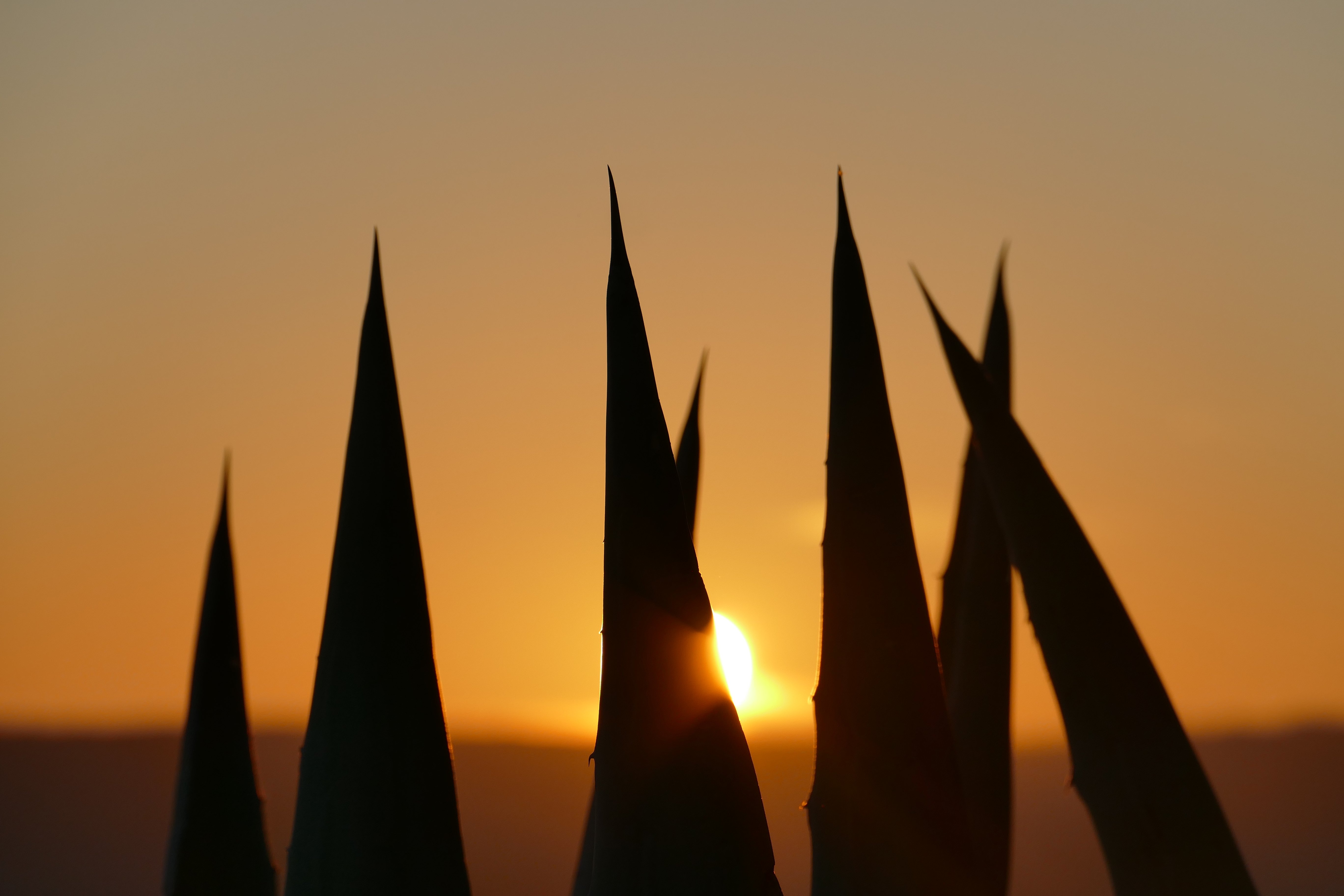 Agave americana
Agave americana
In the end, we ended up getting contributions from Italy and France, we had one colleague from the French embassy who helped and some of the best botanists we have in Croatia contributed to the book to make sure everything was absolutely correct. For that reason, the book was approved and recommended by the Botanical Society of Croatia and can be found in the Botanical library.
All images © Ivan Limić / The Plants of Klis Fortress


